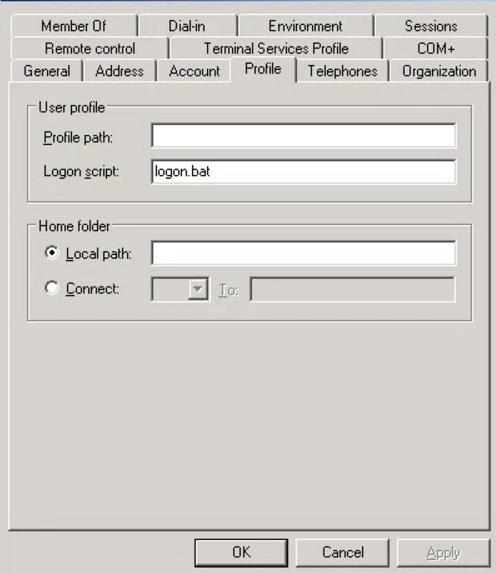The default location for logon scripts is the netlogon share of a domain controller. Posted on August 29 2017 August 29 2017 by Eric Cobb.

Powershell Get Aduser To Retrieve Logon Scripts And Home Directories Part 1 Oxford Sbs Guy
In the right pane right-click the user account that you want and then click Properties.
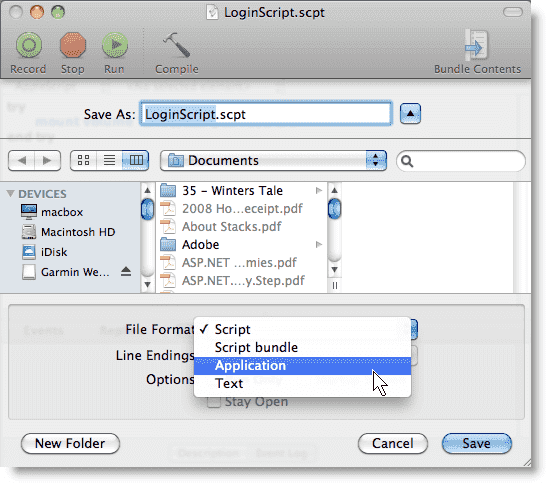
Check logon scripts. Click the Profile tab. In the Script Name box type the path to the script or click Browse to search for the script file in the Netlogon. Get-ADUser to retrieve disabled user accounts.
Get-ADUser to retrieve password last set and expiry information. Now for my secret ingredient. How to add all users in an OU to a Security Group using Get-ADUser and Add-ADGroupMember.
In the Logon script text box type loginbat. And I know very little about Active Directory. Some computers run fine and some wont map.
Create the logon script and give it the appropriate name for example. My top tip is to copy your logon script into memory so that it is ready to paste. Get-ADUser to retrieve logon scripts and home directories Part 2.
To find the location of a users logon script while logged in as the user run the command. In the Logon script box type the file name and the relative path if necessary of the logon script. Or for a domain user net user USERNAME domain find Logon script.
How To Check Logins And Permissions. ScriptCheckSA is a clinical tool providing real-time monitored medicines prescription information for prescribers and pharmacists to support safer clinical decision-making. On the server this is located.
StrComputer. Have a look in myDomainlocNETLOGON If this is where your predecessor stored the script you can find the location of this folder locally to the DC by opening the Computer Management console on the DC and checking through the Shares youll find the path to the Netlogon share here. For example if your script includes parameters called logo display banner and I interactive mode type logo I.
Once this script is. Check if the login script is running on a desktop computer or a Citrix or Terminal Server. Set objWMIService GetObjectwinmgmts strComputer rootcimv2 Set colComputers objWMIServiceExecQuery _ Select from Win32_ComputerSystem For Each objComputer in colComputers If objComputerDomainRole 2 Then WscriptEcho This is a workstation.
Security and permissions are a big part of a DBAs job and being able to find out things such as who has elevated login permissions or when the last time a login. Hello please check if the NETLOGON share is available on each DC and has the same content. It can presumably be changes from this default but Ive never met anyone that had a reason to.
Logonbat logoncmd logonvbs etc The script can use ANY name. If the user is a domain administrator. The issue seems random some users this day different users tomorrow.
Logon scripts are generally stored on the domain controller in the Netlogon share which is located at systemrootSystem32ReplImportsScripts folder. In the Script Parameters box type any parameters that you. Else WscriptEcho This is a server.
To find the logon script settings start by clicking Edit then navigate to the User Configuration expand the Windows Settings folder Scripts and Logon. In the menu that is displayed select Properties. On a server the login script should not be allowed to do anything especially not map network drives or printers.
Suddenly some computers and users arent getting their mapped network drives from the logon script. In the Name list right-click the name of a user that needs to have the login script assigned to them. The NETLOGON and SYSVOL share exist on each DC if NOT you have problems and contain all the required inforamtion that are synced between the DCs.
In the user Properties dialog box where user is the name of the user you right-clicked click the Profile tab. I am NOT a domain admin I dont have permission to login to the domain controller. Net user USERNAME find Logon script.
User Read-Host -Prompt Input the username Write-Host Checking for logon script ScriptPath Get-ADUser -Identity User -Properties Scriptpath Select ScriptPath If ScriptPath Write-Host Userhas a logon script Write-host ScriptPath Else Write-Host User does not have a logon script. In the console tree expand Local Users and Groups and then click Users.
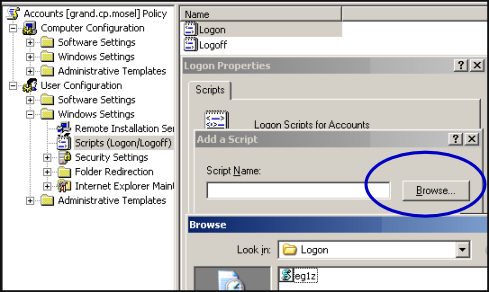
Logon Script Assign Logon Scripts Via Group Policy
Logon Script Assign Logon Scripts Via Group Policy
How To Setup A Logon Script On Your Windows 2000 2003 Active Directory Network Remote Administration For Windows
How To Setup A Logon Script On Your Windows 2000 2003 Active Directory Network Remote Administration For Windows

Solved Powershell To Search Users With Specific Logon Scripts
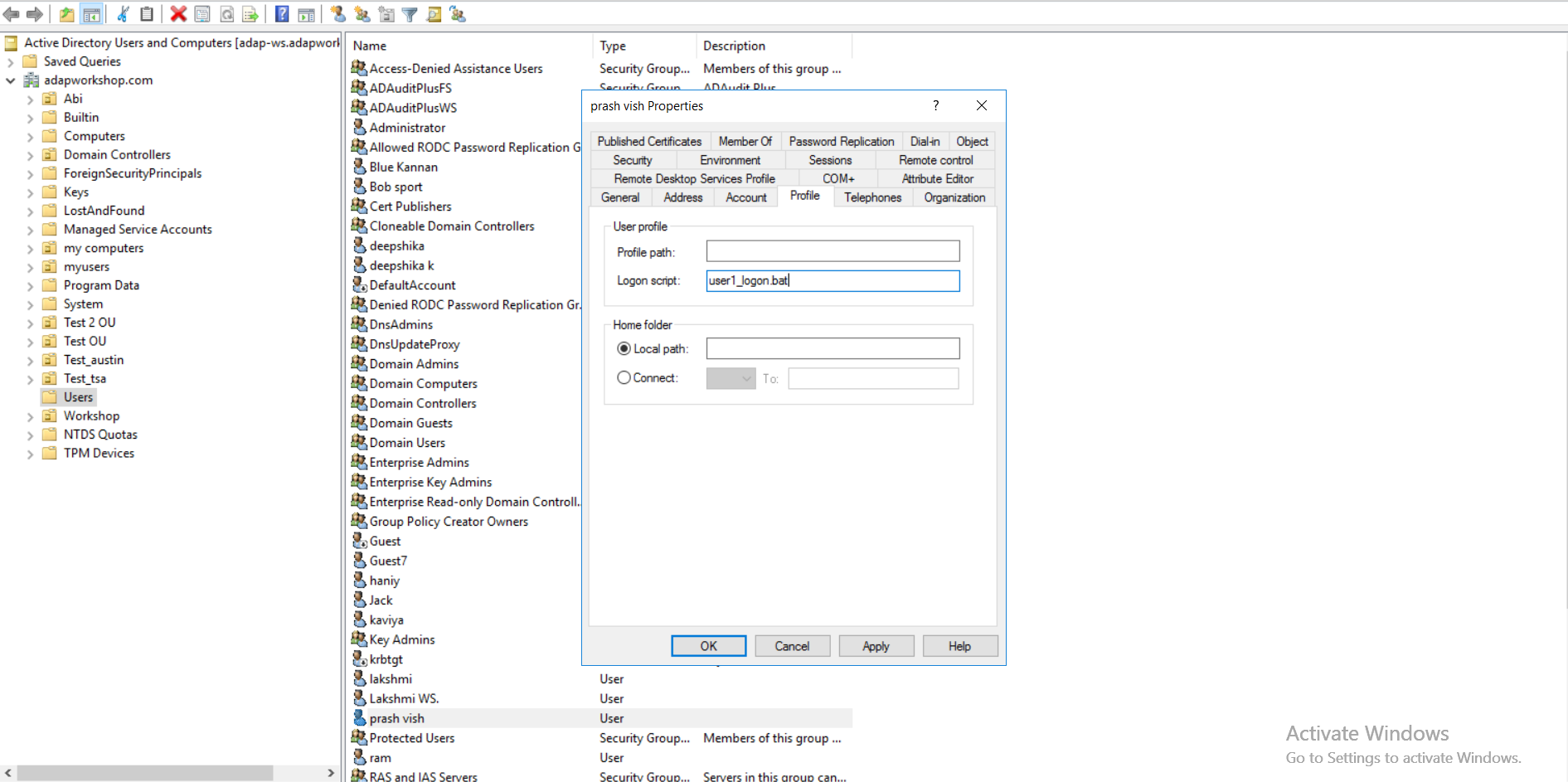
How To Check Domain Users Netlogon
Backdoors Breaches Logon Scripts Black Hills Information Security

Logon Script Troubleshooting Problems And Solutions
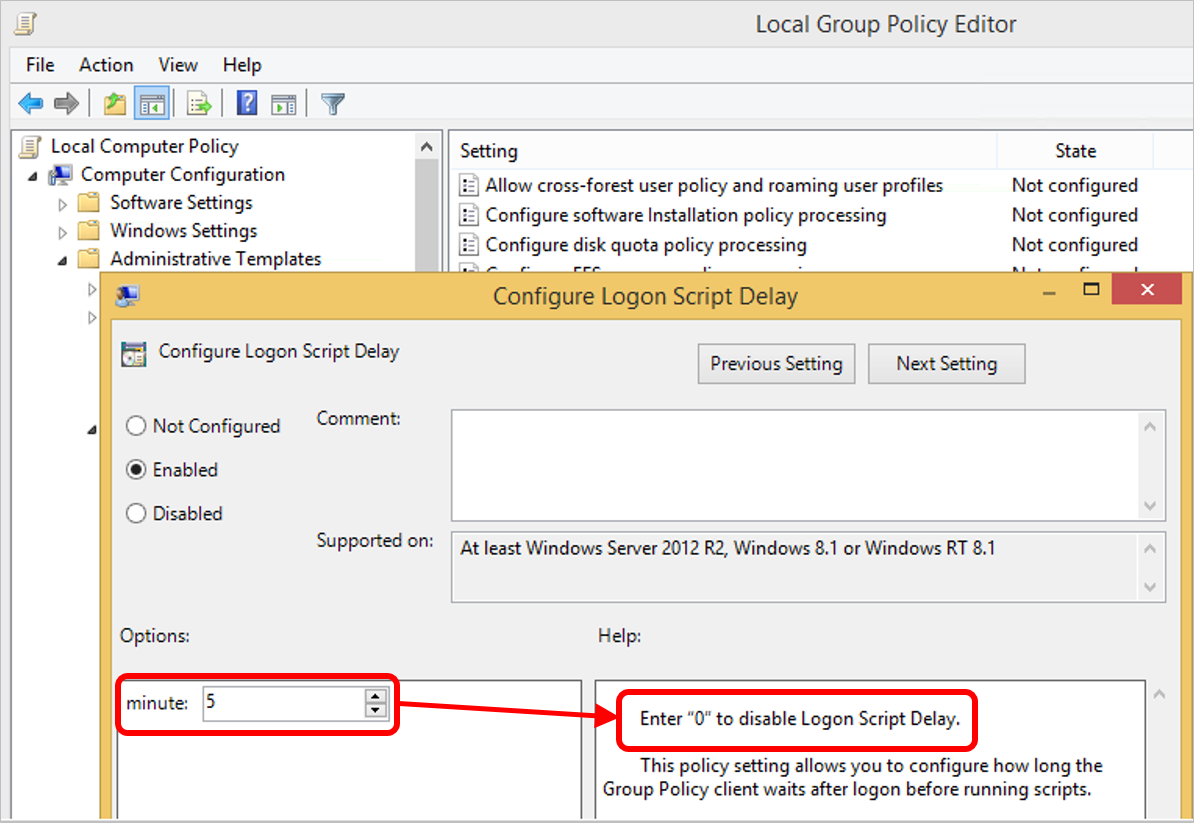
Logon Script Does Not Start On Server 2012 R2 Active Directory Faq
Logon Script In Ad Not Running Anymore
Exploring Logon Scripts For Active Directory Redmondmag Com

Active Directory Login Scripts In Mac Os X Part 1 Basic Approaches 4sysops
Setting Up A Logon Script Through Gpos Alex Computer Bubble Blog

Configuring Logon Powershell Scripts With Group Policy 4sysops

Logon Script Troubleshooting Problems And Solutions

Configuring Logon Powershell Scripts With Group Policy 4sysops
Article Mapping Drives In Logon Scripts Is There A Better Way
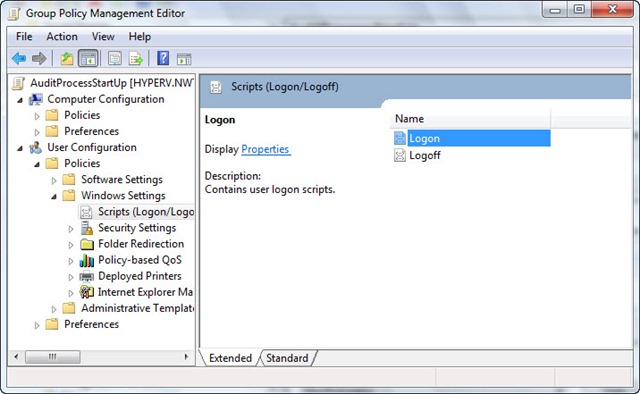
Using Group Policy To Deploy A Windows Powershell Logon Script Scripting Blog

